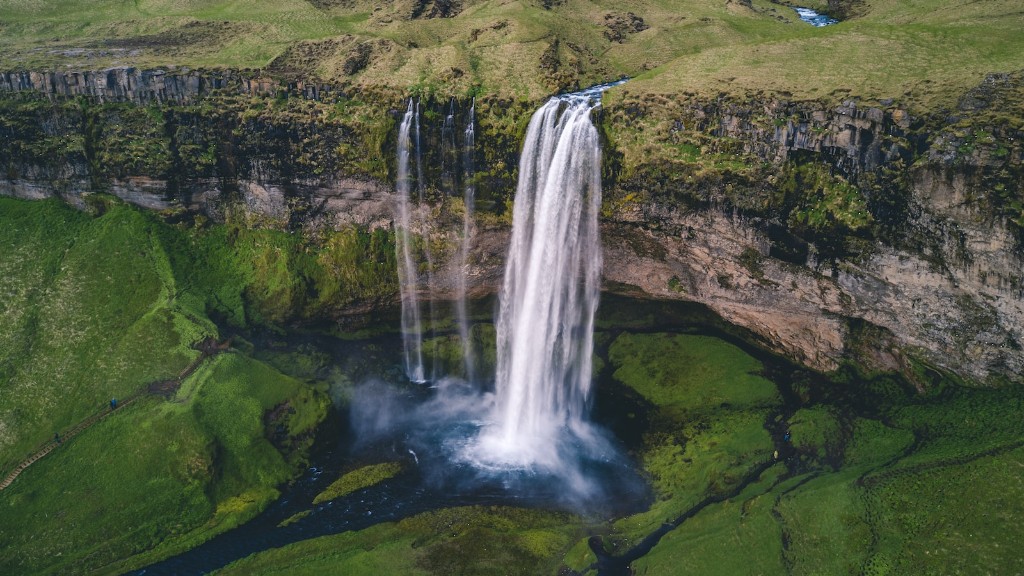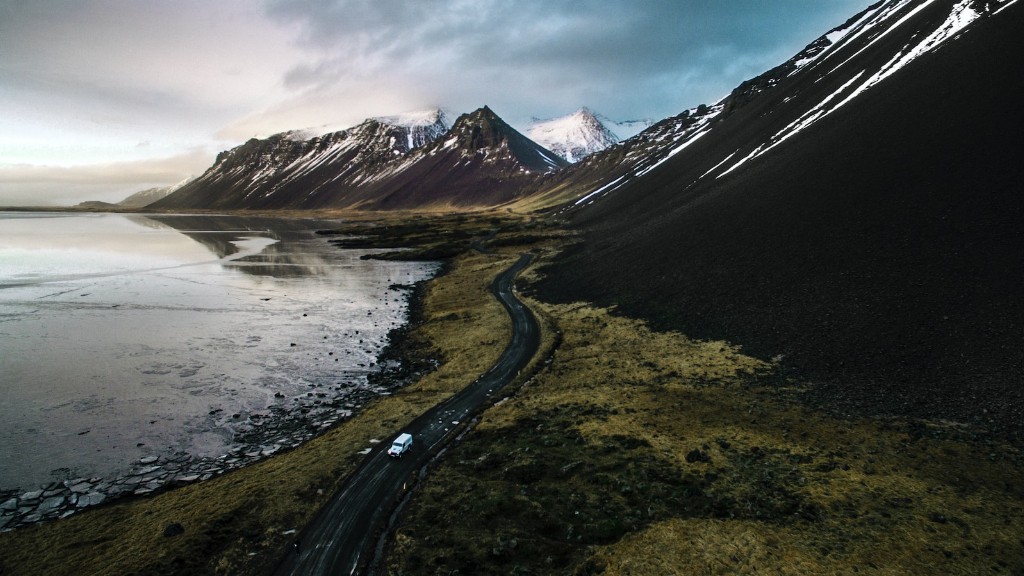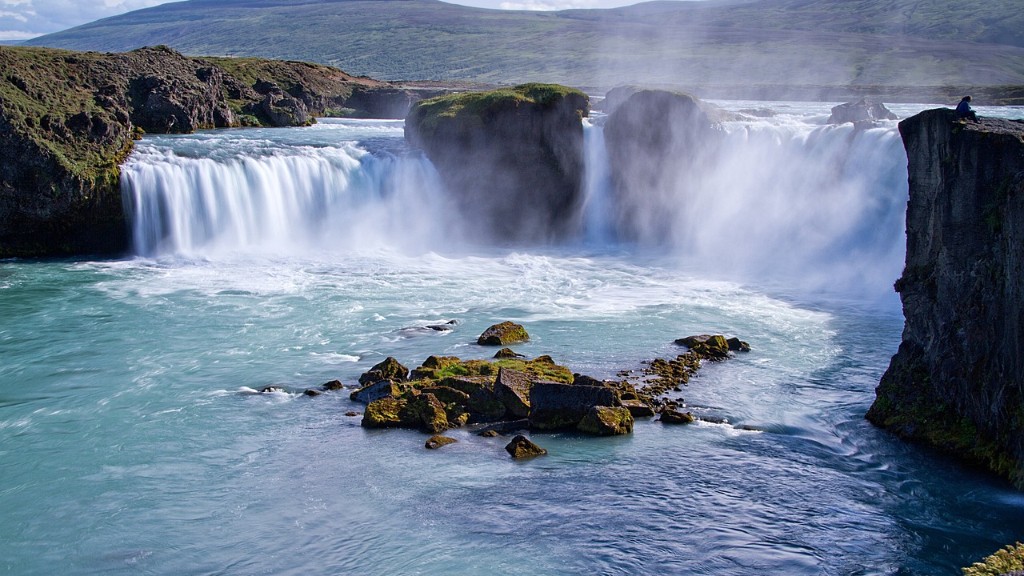Travel Blue Lagoon Iceland
The Blue Lagoon in Iceland is a geothermal spa located in a lava field on the Reykjanes Peninsula. It is one of Iceland’s most famous attractions, drawing visitors from all over the world. The milky blue waters of the lagoon are rich in minerals like silica and sulfur, which are said to have healing properties for the skin.
With an average temperature of 37-40°C (98-104°F), the Blue Lagoon offers a relaxing and rejuvenating experience. The water is self-cleansing, renewing its entire volume in 48 hours, making it safe and hygienic for visitors. The lagoon also features sauna and steam rooms, as well as a waterfall for massaging tired muscles.
Experts believe that the geothermal seawater of the Blue Lagoon can help treat various skin conditions such as psoriasis and eczema. The minerals in the water help exfoliate and hydrate the skin, leaving it smoother and softer. Many visitors claim that a dip in the Blue Lagoon has improved their skin’s appearance and overall wellness.
Owing to its popularity, it is recommended to book tickets in advance to secure your spot. The Blue Lagoon offers different packages, ranging from standard admission to more luxurious experiences. The packages include extras like bathrobes, towels, and face masks. The lagoon also has a bar where visitors can enjoy drinks while soaking in the mineral-rich waters.
Local Perspective
For Icelanders, the Blue Lagoon holds a special place as a symbol of the country’s natural beauty and geothermal energy. It has become a source of pride for the local community and a significant contributor to Iceland’s tourism industry. Many Icelanders also visit the lagoon regularly to relax and unwind.
Environmental Impact
While the Blue Lagoon is a remarkable tourist attraction, it is essential to consider its environmental impact. The lagoon’s popularity has led to an increase in visitors, posing challenges in managing waste and preserving the surrounding ecosystem. Efforts are being made to minimize the impact through responsible tourism practices and sustainable development.
In recent years, the Blue Lagoon has implemented measures to reduce its carbon footprint, such as using renewable energy sources and recycling water. They have also introduced eco-friendly products in their spa treatments and ventured into research on sustainable resource management.
Alternative Geothermal Spas
While the Blue Lagoon is undoubtedly the most famous geothermal spa in Iceland, there are other equally stunning options to explore. These include:
- The Secret Lagoon: Located in Flúðir, the Secret Lagoon offers a more secluded and intimate experience. It is Iceland’s oldest swimming pool and is surrounded by geothermal hot springs and natural beauty.
- Fontana Geothermal Baths: Situated on the shores of Lake Laugarvatn, Fontana Geothermal Baths offer a picturesque setting. Visitors can enjoy various hot tubs and steam baths while enjoying the stunning views.
- Krauma Spa: Located near Reykholt, Krauma Spa features five geothermal baths, two saunas, and a relaxation room. The water used in the baths comes from Europe’s most powerful hot spring, Deildartunguhver.
Exploring Reykjanes Peninsula
The Blue Lagoon is situated on the Reykjanes Peninsula, which offers a myriad of other attractions to explore:
- Reykjanesviti Lighthouse: Visit Iceland’s oldest lighthouse and enjoy panoramic views of the rugged coastline.
- Gunnuhver: Witness the powerful mud pools and steam vents, showcasing the geothermal activity of the peninsula.
- Bridge Between Continents: Walk across the symbolic bridge that spans the gap between the North American and Eurasian tectonic plates.
- Krýsuvík: Explore the geothermal area with its colorful hot springs and bubbling mud pots.
- Brimketill: Take a stroll to this unique, natural rock pool formed by the crashing waves of the Atlantic Ocean.
The Blue Lagoon in Iceland offers an extraordinary geothermal experience, combining relaxation and skincare benefits. With its healing waters and stunning surroundings, it is no wonder that it has become an iconic destination for travelers worldwide.


